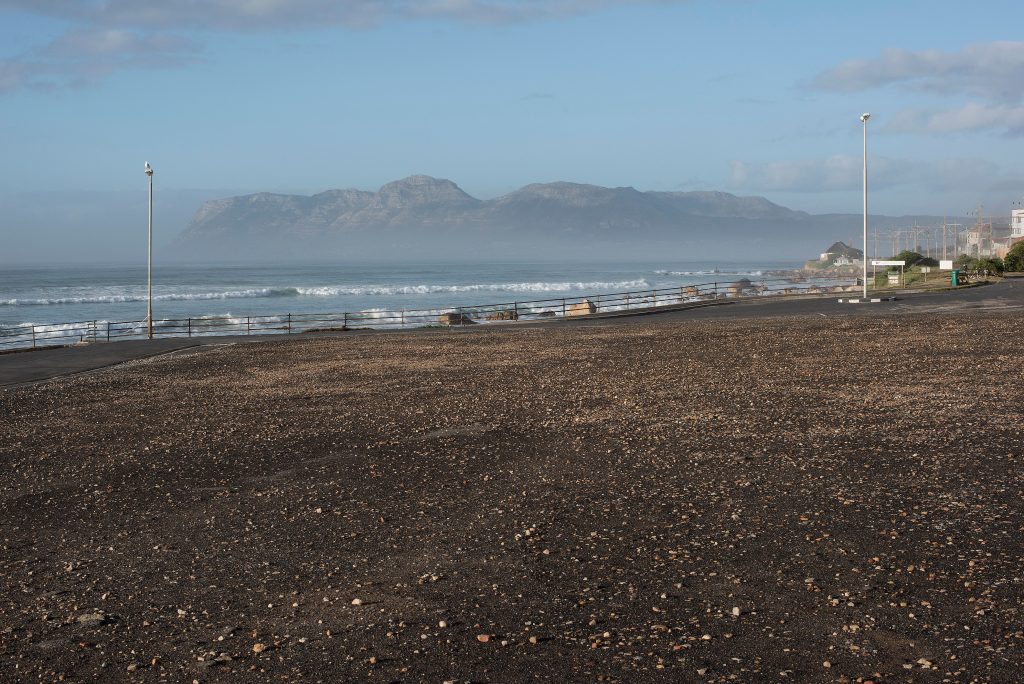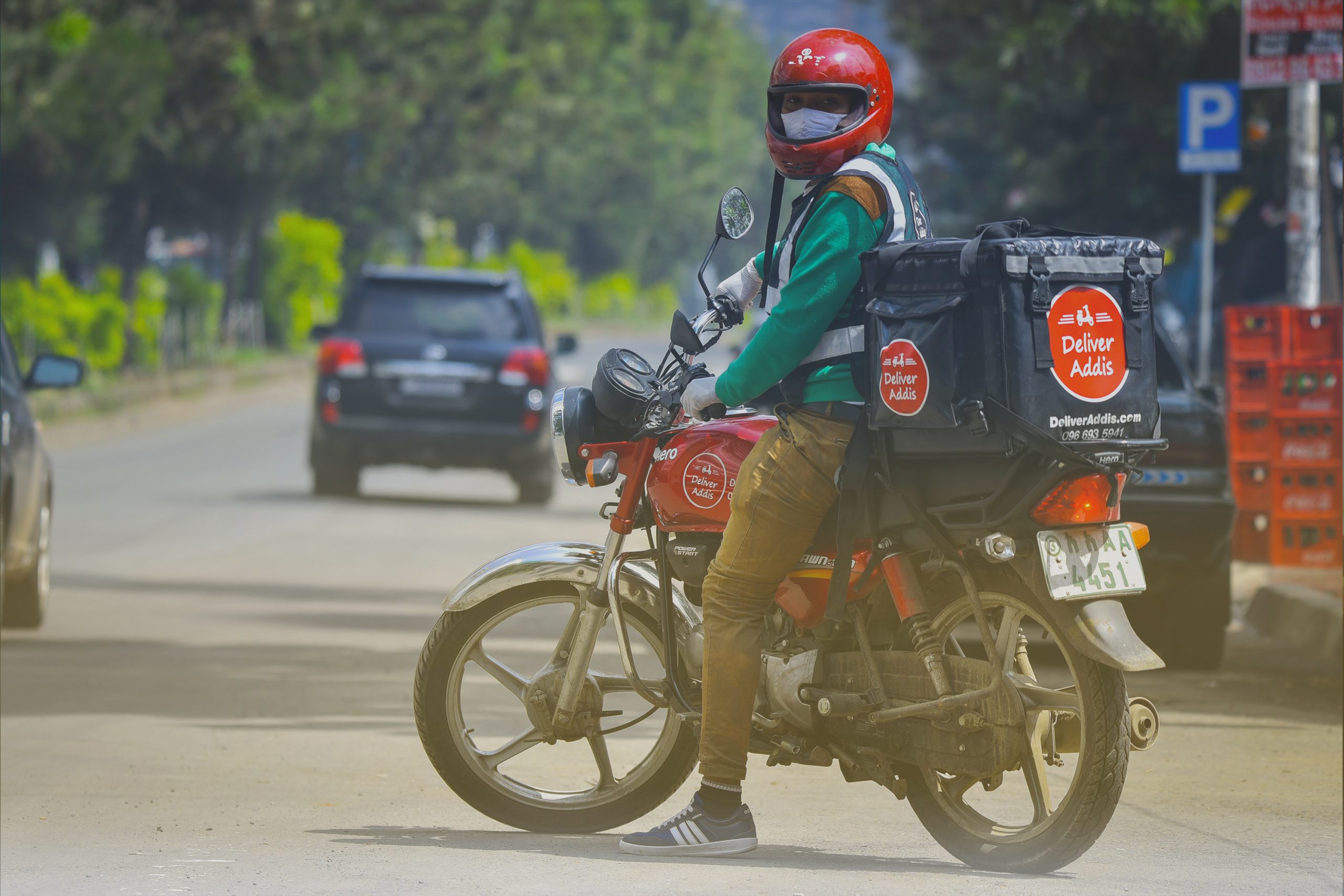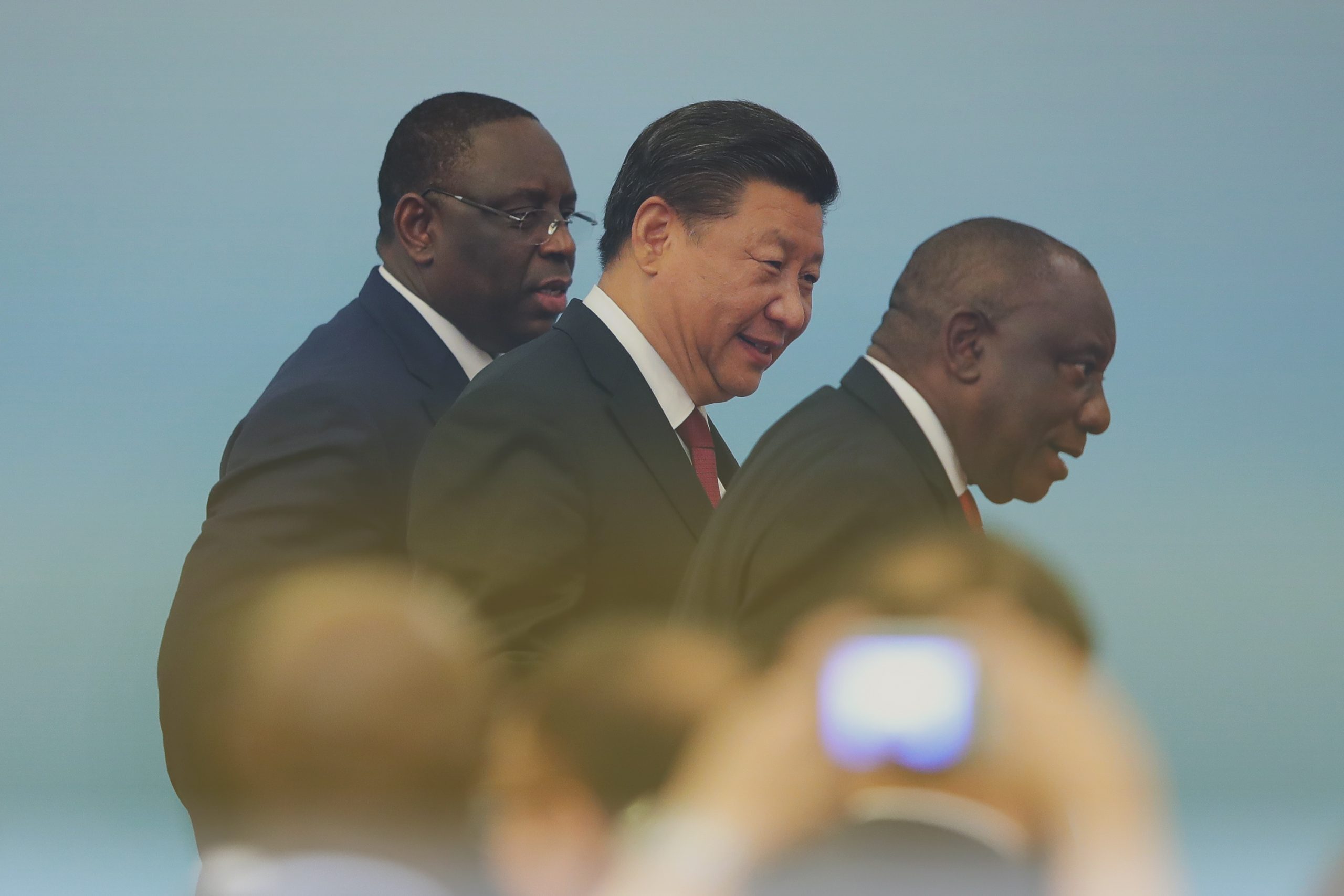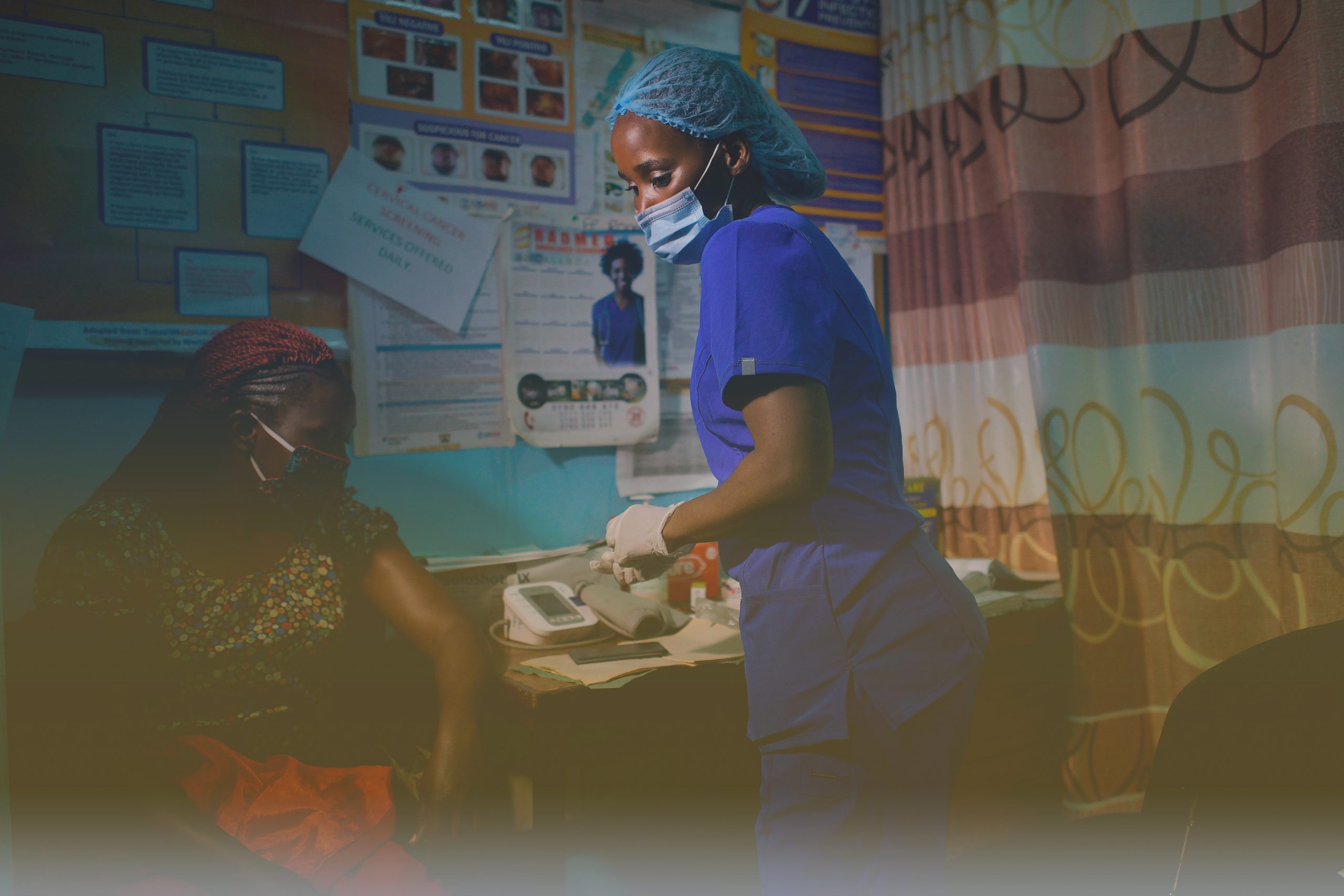If you type Africa in Google Image search, the results will show you silhouetted figures of two giraffes or perhaps an elephant set against a crimson sunset across the savanna: a tired, quintessential Western stereotype that has been misused to sum up the continent’s vast and diverse terrains.
For months now the stereotyped, yet majestic, African animals have had the wild mostly to themselves. With both tourists and their revenues drying out, many African tourism players are worried about the survival of their industry as the wrecking ball that is COVID-19 rages on.
From cancelled hotel bookings in South Africa, postponed safaris in Kenya, empty hotel conference centres in Rwanda to abandoned cultural tours in Ethiopia, every business connected to the tourism ecosystem is reeling from the ramifications of the pandemic. When the year began, Africa’s tourism industry looked set for a bullish year. Boasting the world’s second fastest growing tourism sector, throughout 2020 African tourism was projected to rake in billions of dollars.
The tourism sector contributes an average of about 10% of the East African region’s GDP, 20% to its foreign exchange earnings and has created jobs for about 8.3% of the population in the region. Ghana earned up to $1.9 billion from tourism alone in 2019, 5.5% of the country’s GDP. Tourism accounts for more than 20% of employment in the Seychelles, São Tomé and Príncipe, Cape Verde and Mauritius. Many of these countries tourism sectors have cut jobs and continue to lose revenue. Since Africa’s tourism sector is structured to cardinally rely on foreign visitors, millions lost their jobs within the first few months of the COVID-19 pandemic, and it has continued to worsen since then.
The hardest hit tourism sector across the continent is arguably South Africa. The tourism sector employs up to 700,000 people; higher than those employed by mining in the country. As the country begins to ease one of the continent’s strictest lockdowns to salvage the economy, the question remains of when and how South Africa will bring tourists back to its beaches and parks.
Other African economies that are heavily reliant on tourism like Rwanda, Tanzania, Kenya and Zimbabwe are also reeling from the blow COVID-19 has dealt them. Rwanda alone generated up to $498 million in tourism revenue in 2019.
Over the last few decades the East African region has become a major tourist destination, receiving millions of tourists from across the globe every year. Some come to relax on the pristine white sands of Zanzibar, while others gather to watch the great migration of the wild beasts in Masai Mara, which splendidly feeds into the safari-rich plains of Serengeti in Tanzania. Across East Africa, the vast environments provide something for everyone, whether they are looking for adventure or relaxation.
For months now there has hardly been any safari vehicles trudging through the endless plains, searching for a glimpse of a lion. For safaris across East Africa, more than 90% of their clients are international tourists. The disruptions brought forth by the COVID-19 pandemic has forced players in the East Africa region’s tourism sector to go back to the drawing board to focus more on the needs of the local tourist, and revive efforts to sell the region as one tourism destination, as the sector begins to pick up its pieces.
Kenya is the third largest travel and tourism economy in Africa, after South Africa and Nigeria. “Kenya’s travel and tourism sector is not only a major employer, but has inter-industry linkages with other sectors such as energy, agriculture and manufacturing. Suppliers of services and goods used in the travel and tourism industry experienced low demand for services such as travel and food. The reduction in travel and tourism industry had a spatial effect on unemployment because major tourism sites are mainly located at the coast of Kenya and a few other upcountry destinations,” wrote Evaristus M. Irandu, a professor in the Department of Geography and Environmental Studies at the University of Nairobi.
He added that community-based tourism is the way of the future in promoting the adoption and use of the East African Tourist Visa.
“The East African countries cannot continue to rely on foreign international tourists who vanish as soon as travel advisories are given in their respective countries of origin,” he noted.
Waturi Matu, the Senior Director of business competitiveness at Trade Mark East Africa, echoed these sentiments during a virtual meeting on strengthening tourism linkages as a response to COVID-19, that brought together key regional tourism stakeholders. “The first set of tourists we are going to see after COVID-19 will be domestic, creating an enabling environment for local tourists will be very paramount post-COVID-19. We need to push for e-visas, encourage use of ID’s for travel for East African citizens and calling on Tanzania to join in,” Waturi stated.
Waturi said time has come for countries to work more closely and sell the region as one tourism destination, and also come up with uniform rates for all East African citizens to be able to access domestic tourism.
A few years ago, the agenda to unify East Africa as a single tourism destination had gained momentum. Key industry reforms were made such as usage of ID cards for intra-regional travel, the harmonisation of regional tourism Standards of Procedures (SOP’s) which sets uniform visa fees in the regional countries, and the introduction of uniform tourism service licenses.
But the bloc seems to have taken a step backwards after having failed to deliver e-visas, where the tourism sector lobby groups are now pushing for the East African passport. The regions tourism captains have moved to strengthen the role played by the East African Tourism Platform (EATP) secretariat, a lobbyist group for the private sector tourism businesses across the bloc.
Besides spearheading the marketing of the EAC region as one tourism market, the platform will forge partnerships with regional airlines, and convince them to reduce airfares and grant each other fifth freedom rights to facilitate affordable travel and tourism in the region.
The World Tourism Organization (UNWTO) estimates that in 2020 international tourist arrivals could decline between 20-30% globally, from an estimated growth forecast of 3-4% in January 2020. It also estimates that the African tourism sector is set to lose up to $30-50 billion this year due to COVID-19, the sector earned the continent up to $194.2billion in 2018.

The reality for African tour guides
Gatera Andrew runs a tour and travel company in Kigali that largely targets tourists from China, as Gatera lived there when he was a student. His business started suffering as early as January, as COVID-19 ravaged China. For Gatera, things have been on a standstill since then.
“I started getting cancellations as early as January, and by March I had lost up to $35,000 in cancellations. Things have been going downwards since then,” Gatera says.
But Gatera is trying to stay in touch with their clients so they don’t forget about them. After years of almost exclusively targeting foreign tourists, the pandemic has forced Rwanda’s attention to domestic tourism. The country has averaged over 14% annual growth in domestic tourism spending in each of the last 10 years.
In 2017, the country doubled mountain gorilla trekking permit fees to $1,500 for both foreign tourists and native Rwandans. However, the revenue crunch brought forth by the on-going pandemic taught the country an important lesson about investing in local tourism.
Rwanda recently re-opened tourism activities, and significantly slashed prices of gorilla permits from $1,500 for all tourists to $200 for Rwandan nationals and East African residents, and $500 for international tourists, effective June 17, 2020 to the end of the year.
A tourism sector expert, Simon McArthur however warned that players should not be swayed by the times, and to not cut permit rates for their premier products like gorilla trekking.
“Be very careful discounting your superior products like gorilla permits, conventional marketing suggests that it is better to offer more value for money than dropping prices on historically strong products,” he warned.
Gatera’s company has developed an online system that will be offering incentives and persuading Rwandans to visit their destinations. He came up with a group tourism model where the more people in the group that intend to visit a certain domestic tourism attraction, the less they pay.
International travel for tourists coming by charter flights were also given a green light, provided all visitors test negative for COVID-19 within 72 hours prior to arrival, and a second test prior to visiting any tourist attraction. Rwanda resumed all commercial flights effective 1st August, which has given a ray of hope to a sector dampened by travel restrictions since March.
Meetings Incentives Conferences & Exhibitions
Even as operations begin to restart, albeit with many restrictions, tourism players and businesses connected to the tourism, travel and the Meetings Incentives Conferences & Exhibitions (MICE) ecosystem are incurring extra costs like maintaining grounded aircrafts and paying utility bills for empty hotel facilities, which are now dubbed ‘the Covid levy’.
The way forward for the MICE industry post-COVID-19 is still unclear. In the last six years, Rwanda has grown into a shining star in terms of MICE tourism, boasting state of the art conference amenities like the Kigali Convention Centre, while opening global hotel brands like Marriott and Radisson Blue, as well as luxury lodges like One & Only and Singita.
But everything came to a standstill when COVID-19 broke-out, the climax of this crisis being the cancellation of the Commonwealth Heads of Governments meeting which was slated to be hosted in Kigali on June 22.
Heads of States and other delegates who ordinarily would have flown to attend meetings, were seen posting photos of their virtual meetings with their counterparts, while local event organisers and a host of businesses affiliated to the MICE ecosystem remained stranded for months.
During this time of restrictions, the corporate world and multi-lateral organisations, who are some of the principle clients of the MICE sector, woke up to value of virtual conference tools. It is expected that many will continue to use them post COVID-19, which is expected to hurt MICE revenues.
During a recent meeting of MICE operators in Africa Rick Taylor, the CEO of The Tourism Company in South Africa, said the digital tools will indeed complement the services and tools making MICE effective, but will never replace face-to-face meetings. He said that a survey they conducted revealed that an hour of face-to-face meetings equates to 5 hours of conference and video calls.
“Let us build a potent business model, with strong value propositions, against a demand generation strategy. We need to have a master game plan that directs all that we do, as opposed to tactical manoeuvres that we do in the moment,” Taylor shared going on to say, “The COVID-19 disruption will pass, but the onus is on us through hard work, honesty and integrity to reach for the stars.”
Even before, events and exhibitions have been increasingly using technology to enhance their events, plus digital marketing to promote events, while social media has also enabled people to follow events remotely as they happen.
Industry experts have observed that while the days of the single-meeting flight or the round table meeting for a handful of geographically-dispersed people are pretty much over, medium to large scale exhibitions and events meet a different need. Saying that exhibitions are tactile, and offer opportunities that simply can’t be reproduced electronically, even in the most realistic VR world.
Even as countries ease lockdowns and other restrictions, and as passenger airlines are increasingly given a green light to resume operations, tourism sector players say it is already too late to salvage the year.
Time will come and the tourism and MICE industries will recover from the challenges this pandemic has caused. Yet some things will not remain the same: local tourism will be given its deserved attention, corporates have learned that meetings can be held virtually and employers have learned that people can work from home.
Cover photo by MICHELE SPATARI/AFP via Getty Image






